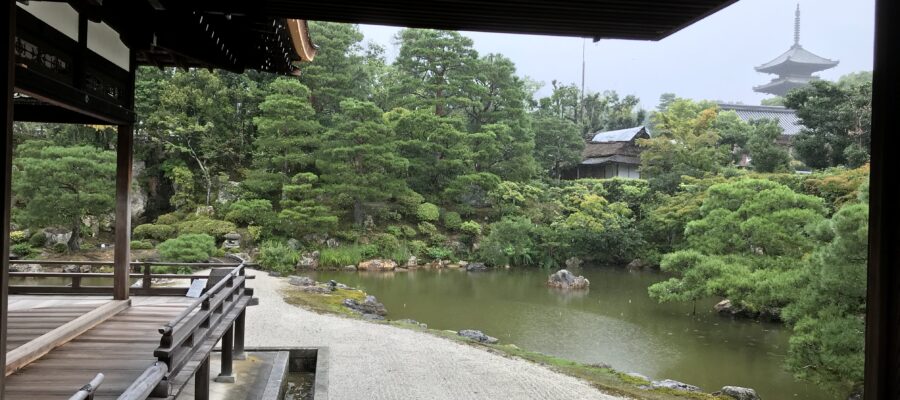4度目の仁和寺訪問
今の仕事をする前に仁和寺には何度か来たことがあります。最初は結婚前に妻と御室桜を見にきました。次は通訳ガイドの講座で英語での案内の仕方を習ったように思います。3度目は、当時博物館向けのディスプレイの販売展開を企画していて、博物館の方々が集まって文化財の展示法のシンポジウムが行われた時と思います。
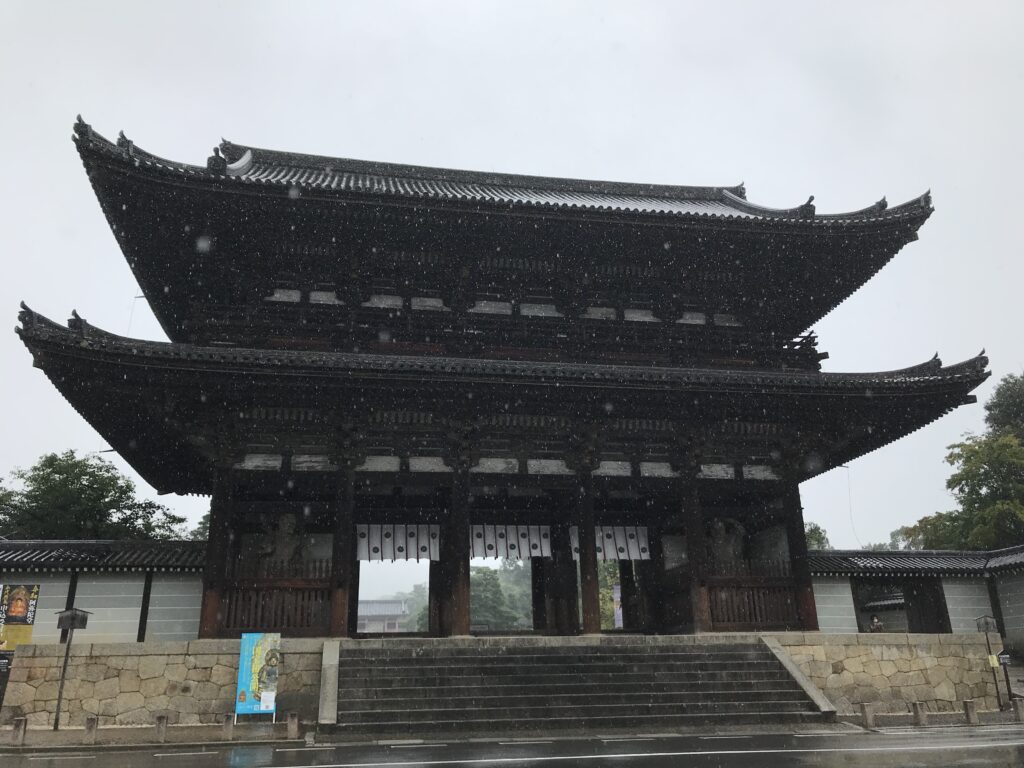
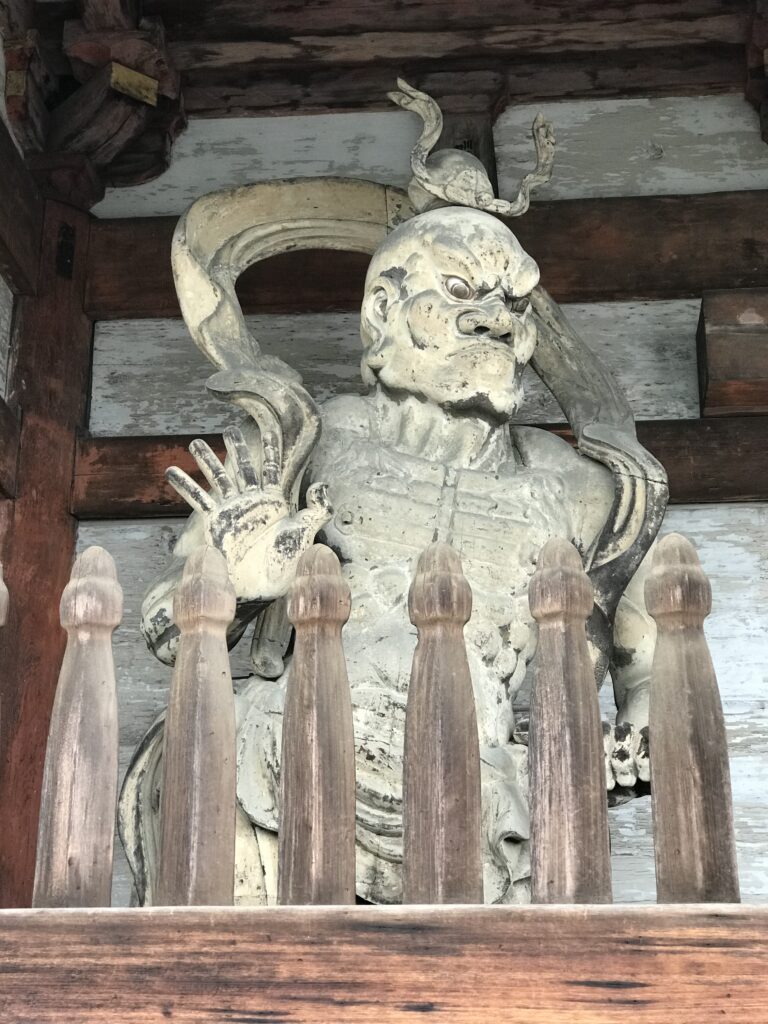
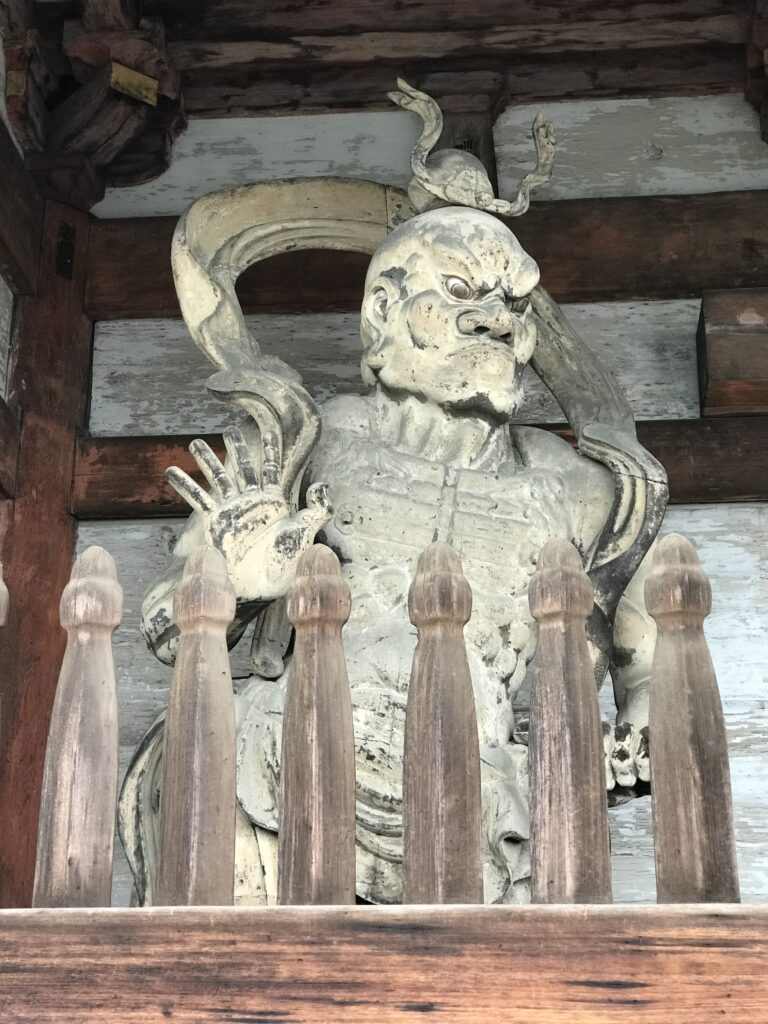
広大な南庭のまっすぐな砂紋
今回は庭園を鑑賞するのが目的で来ました。生憎の雨模様でしたが、仁王さん達が元気に私を迎えてくれました。最初に白書院から南庭を見ました。広い庭一面に白砂が敷き詰められていて、垂直方向に真っすぐに砂紋が造られています。この大きい庭で、この長い距離を真っすぐ線を引くのは、相当の技術が必要と感心します。垂直方向から見ているので、少しでも歪みや湾曲があれば目立ってしまいます。これも修行の一つなのでしょうか。
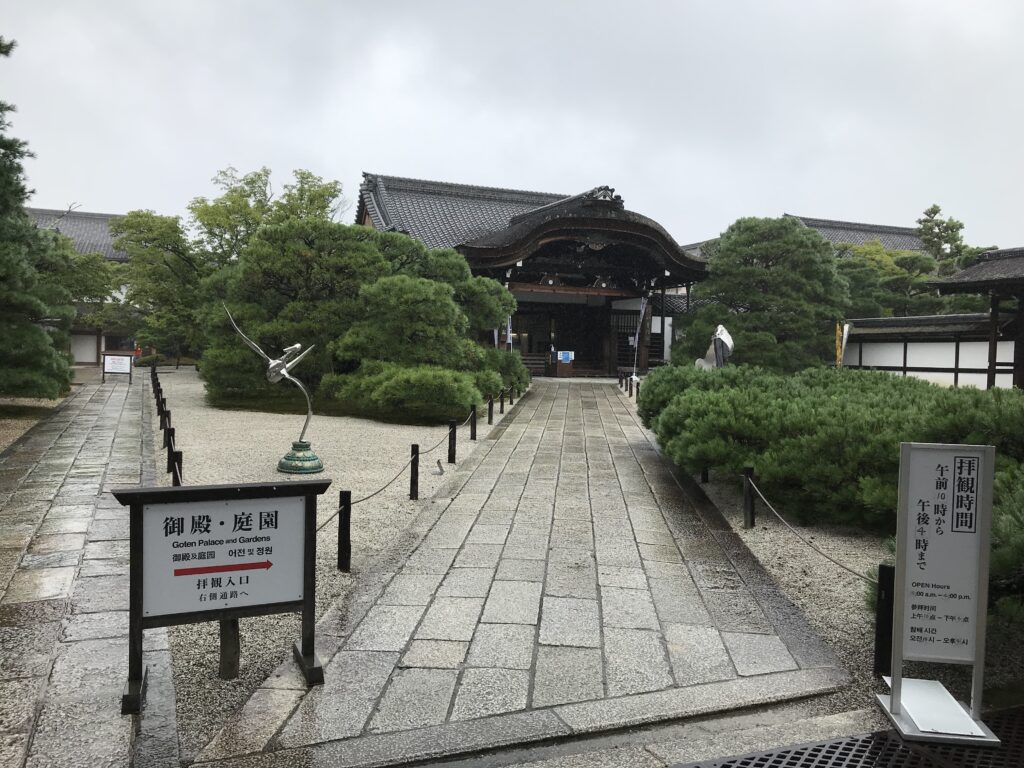
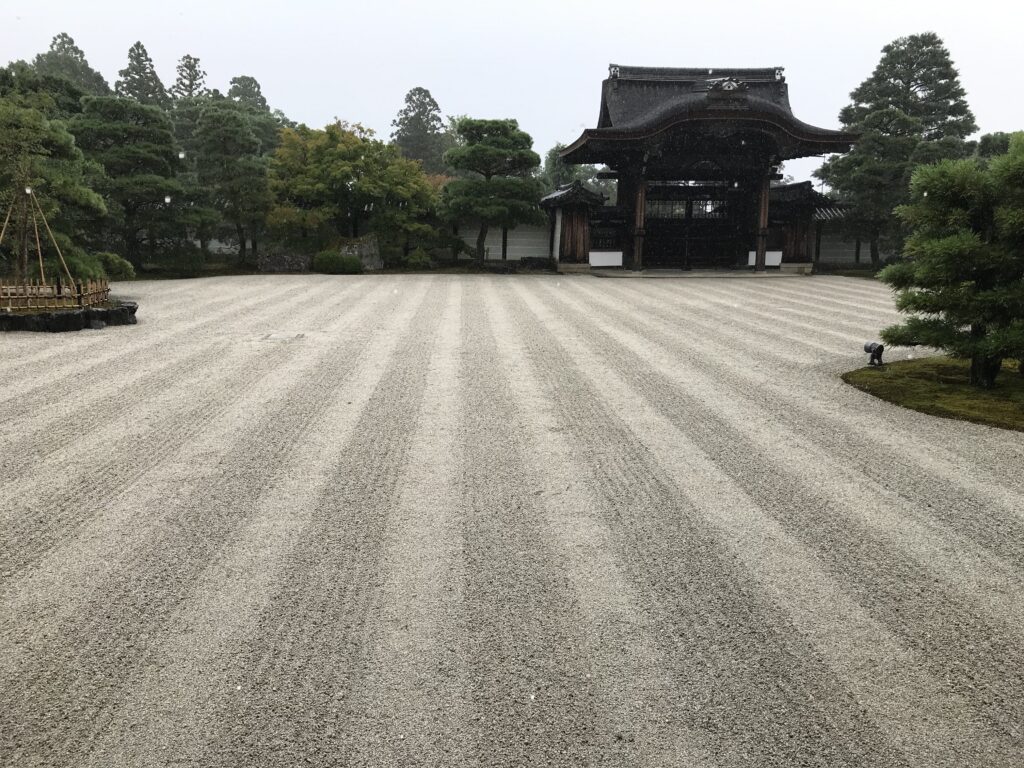
北庭の有名な眺め
建物伝いに歩いていくと、もう一つの庭園「北庭」に突き当たりました。池の向こう岸の木々の上に五重塔の上部が見える光景です。この光景はポスターや京都を案内するテレビ画像でお馴染みと思いますが、今日は雨粒でかすんだ五重塔です。これはこれで、なかなかの風情を感じます。
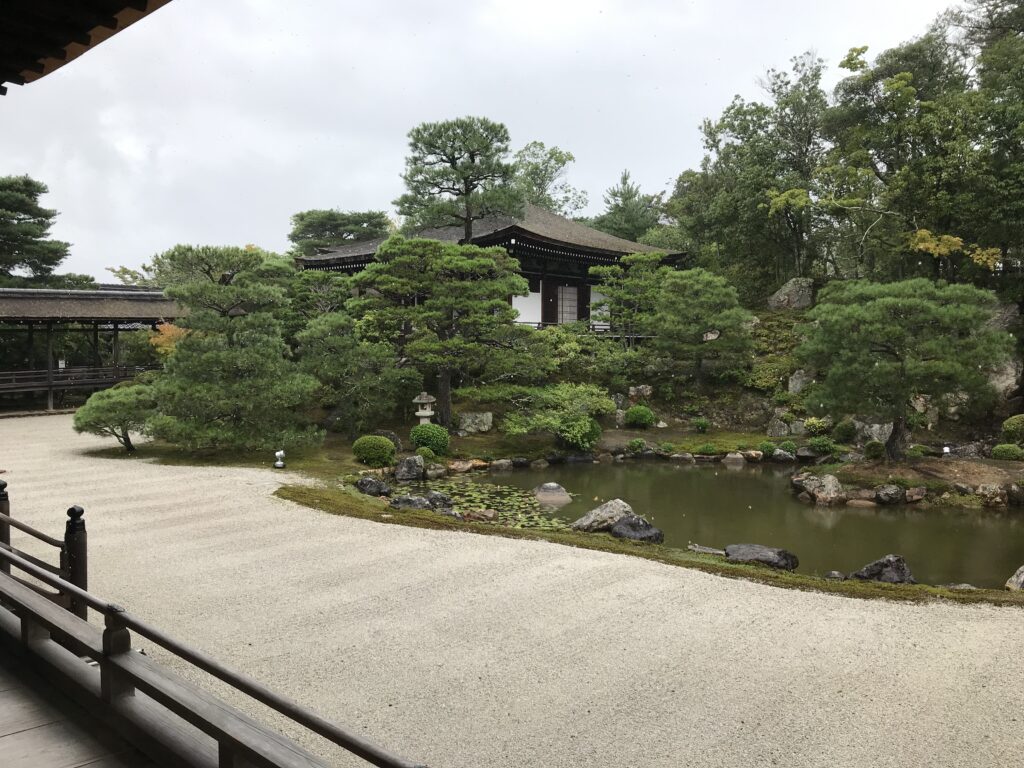
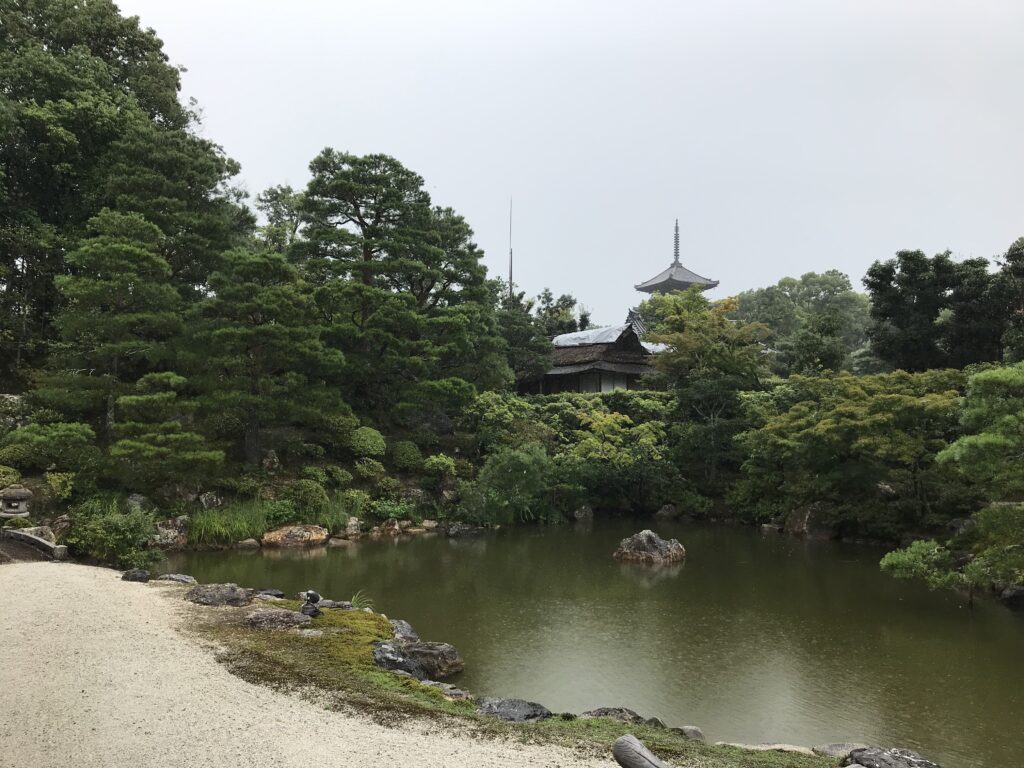
仁和寺は御室御所とも呼ばれるように、皇室にゆかりのあるお寺です。宇多天皇が退位後、出家して住まわれ、修行されていたお寺でもあります。当時とどの程度、景色が変わっているかわかりませんが、おちついた雰囲気は当時のままなのかも知れません。
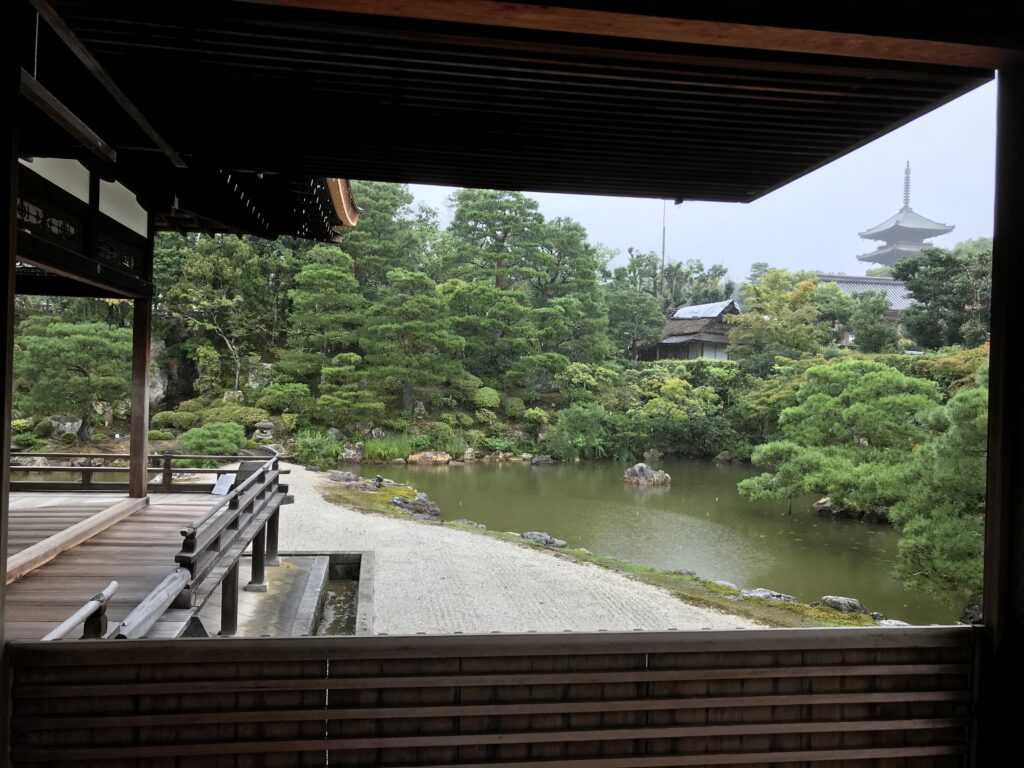
庭園を出て、境内を巡りながら五重塔を間近で見てから次の目的地に向かいました。
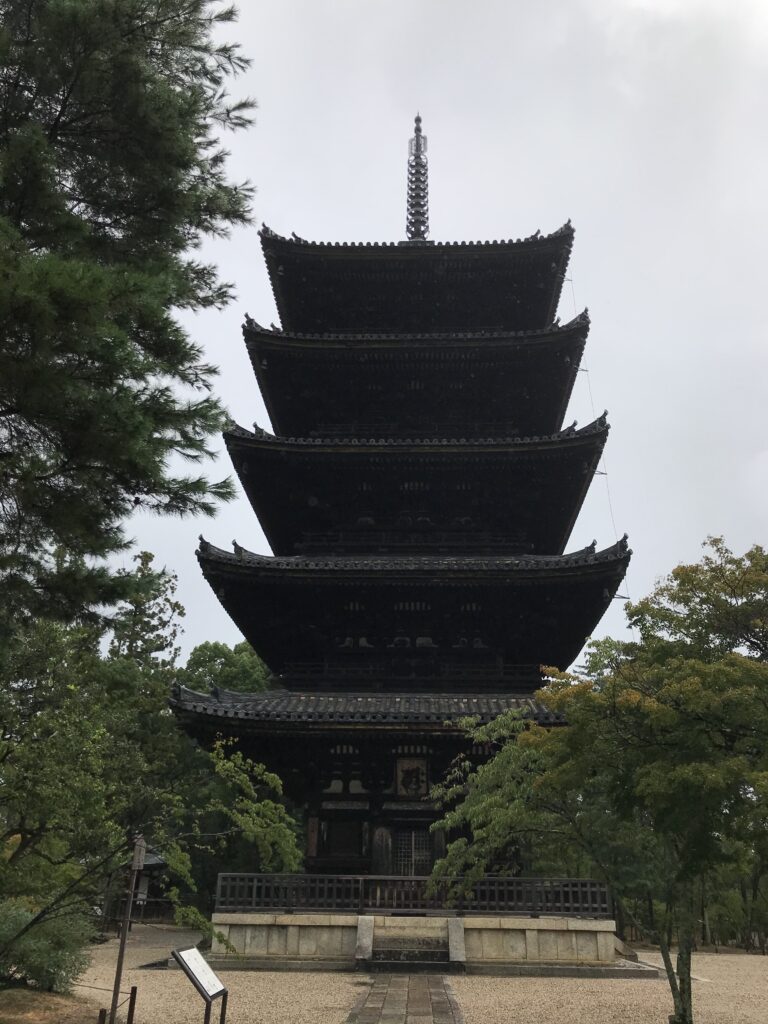
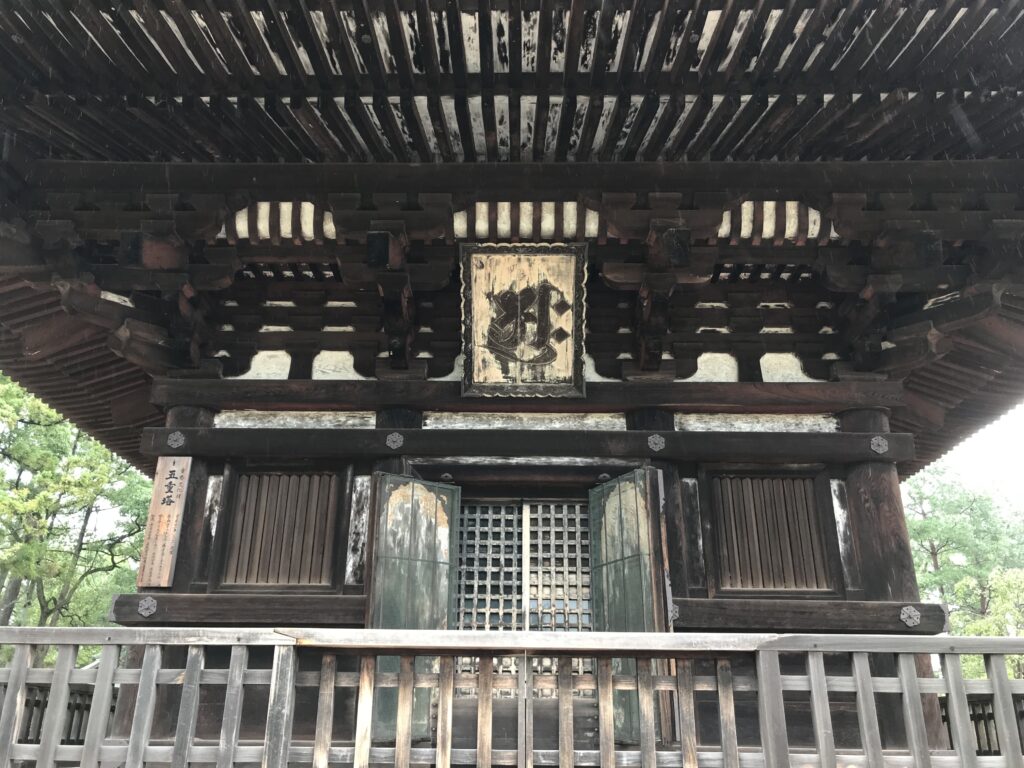
仁和寺の御朱印
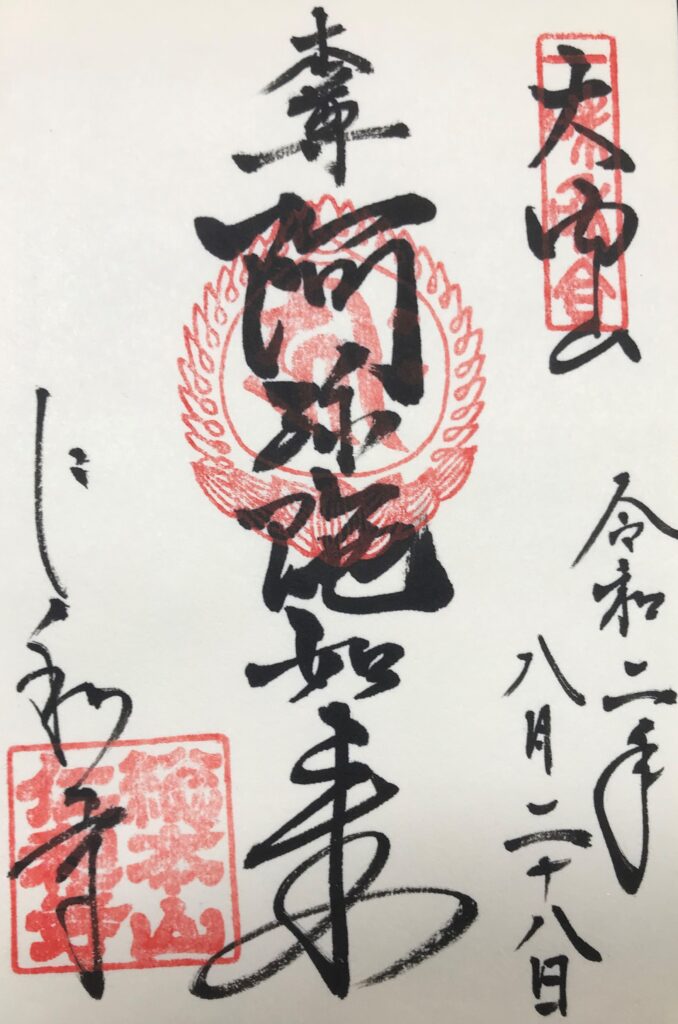
仁和寺が紹介されている書籍
京都を学ぶのに最適の教科書です。
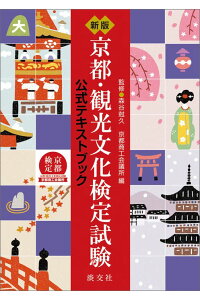
新版 京都・観光文化 検定試験 公式テキストブック 公式テキストブック [ 京都商工会議所 ]
価格:2,420円
(2021/9/11 14:06時点)
感想(5件)
Ninnaji Temple (Kyoto)
Fourth visit to Ninnaji Temple
I have been to Ninnaji Temple several times before my current job. The first time was to see the Omuro cherry blossoms with my wife before we got married. I think the next step was to take an interpreter/guide course where I learned how to give tours in English. The third time was when I was planning to develop sales of displays for museums and a symposium on how to display cultural properties was held with a group of museum people.
Straight sand crests in the vast south yard
This time I came to admire the garden. It was raining unfortunately, but Niou-san statues and others welcomed me cheerfully. First, I looked at the south garden from the Shiroshoin. The entire large garden was covered with white sand, and the sand pattern was made vertically in a straight line. I am impressed by the considerable skill required to draw straight lines over such a long distance in this large garden. Since I was looking at it from the vertical direction, any distortion or curvature would be noticeable. Was this part of the training?
Famous view of the north garden
Walking along the building, I came across another garden, the “North Garden”. The top of the five-story pagoda can be seen above the trees on the other side of the pond. You may be familiar with this scene from posters and TV images showing Kyoto, but today the five-story pagoda is hazy from raindrops. It was quite a picturesque scene.
Ninnaji Temple, also known as Omuro Gosho, is a temple associated with the imperial family. It is also the temple where Emperor Uda was ordained and practiced asceticism after his abdication from the throne. I do not know how much the scenery has changed since then, but the calm atmosphere may be the same as it was then.
After leaving the garden, I walked around the temple grounds to see the five-story pagoda up close before heading to my next destination. (End)
Temple Ninnaji (Kyoto)
Quatrième visite au temple de Ninnaji
Je suis allé plusieurs fois au temple Ninnaji avant mon travail actuel. La première fois, c’était pour voir les cerisiers en fleurs d’Omuro avec ma femme avant notre mariage. Je pense que l’étape suivante a été de suivre un cours d’interprète/guide où j’ai appris à donner des visites en anglais. La troisième fois, c’était lorsque j’envisageais de développer les ventes de présentoirs pour les musées et qu’un symposium sur la manière de présenter les biens culturels a été organisé avec un groupe de personnes travaillant dans des musées.
Des crêtes de sable droites dans la vaste cour sud
Cette fois, je suis venu admirer le jardin. Il pleuvait malheureusement, mais les statues de Niou-san et les autres m’ont accueilli joyeusement. D’abord, j’ai regardé le jardin sud depuis le Shiroshoin. Tout le grand jardin était recouvert de sable blanc, et le motif du sable était fait verticalement en ligne droite. Je suis impressionné par l’habileté considérable requise pour tracer des lignes droites sur une si longue distance dans ce grand jardin. Comme je le regardais à la verticale, toute distorsion ou courbure était perceptible. Cela faisait-il partie de la formation ?
Célèbre vue du jardin nord
En longeant le bâtiment, je suis tombé sur un autre jardin, le “jardin nord”. On peut voir le sommet de la pagode à cinq étages au-dessus des arbres de l’autre côté de l’étang. Vous connaissez peut-être cette scène grâce aux affiches et aux images télévisées de Kyoto, mais aujourd’hui, la pagode à cinq étages est voilée par les gouttes de pluie. C’était une scène assez pittoresque.
Le temple Ninnaji, également connu sous le nom d’Omuro Gosho, est un temple associé à la famille impériale. C’est également le temple où l’empereur Uda a été ordonné et a pratiqué l’ascétisme après son abdication du trône. Je ne sais pas dans quelle mesure le paysage a changé depuis, mais l’atmosphère calme est peut-être la même qu’à l’époque.
Après avoir quitté le jardin, je me suis promené dans l’enceinte du temple pour voir de près la pagode à cinq étages avant de me rendre à ma prochaine destination. (Fin)
